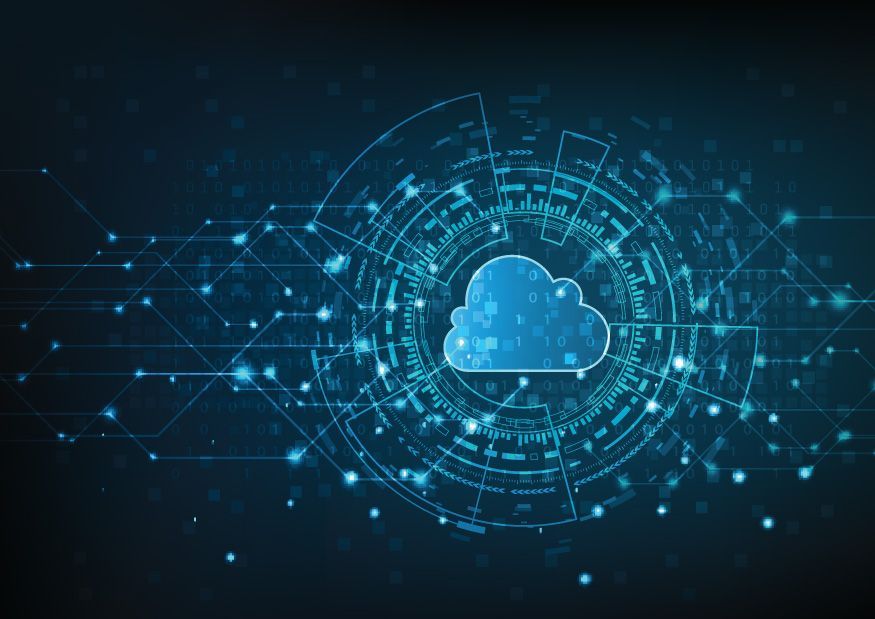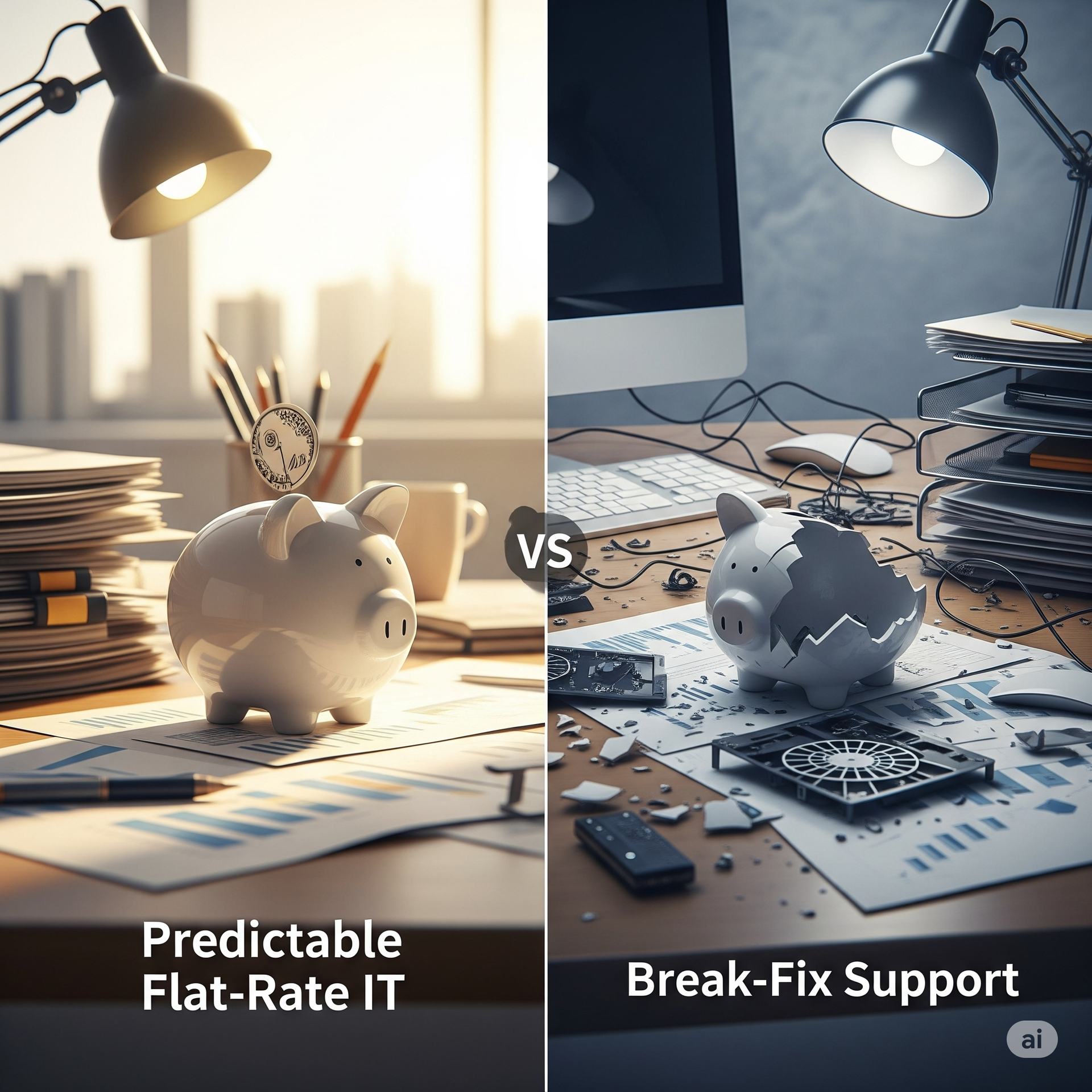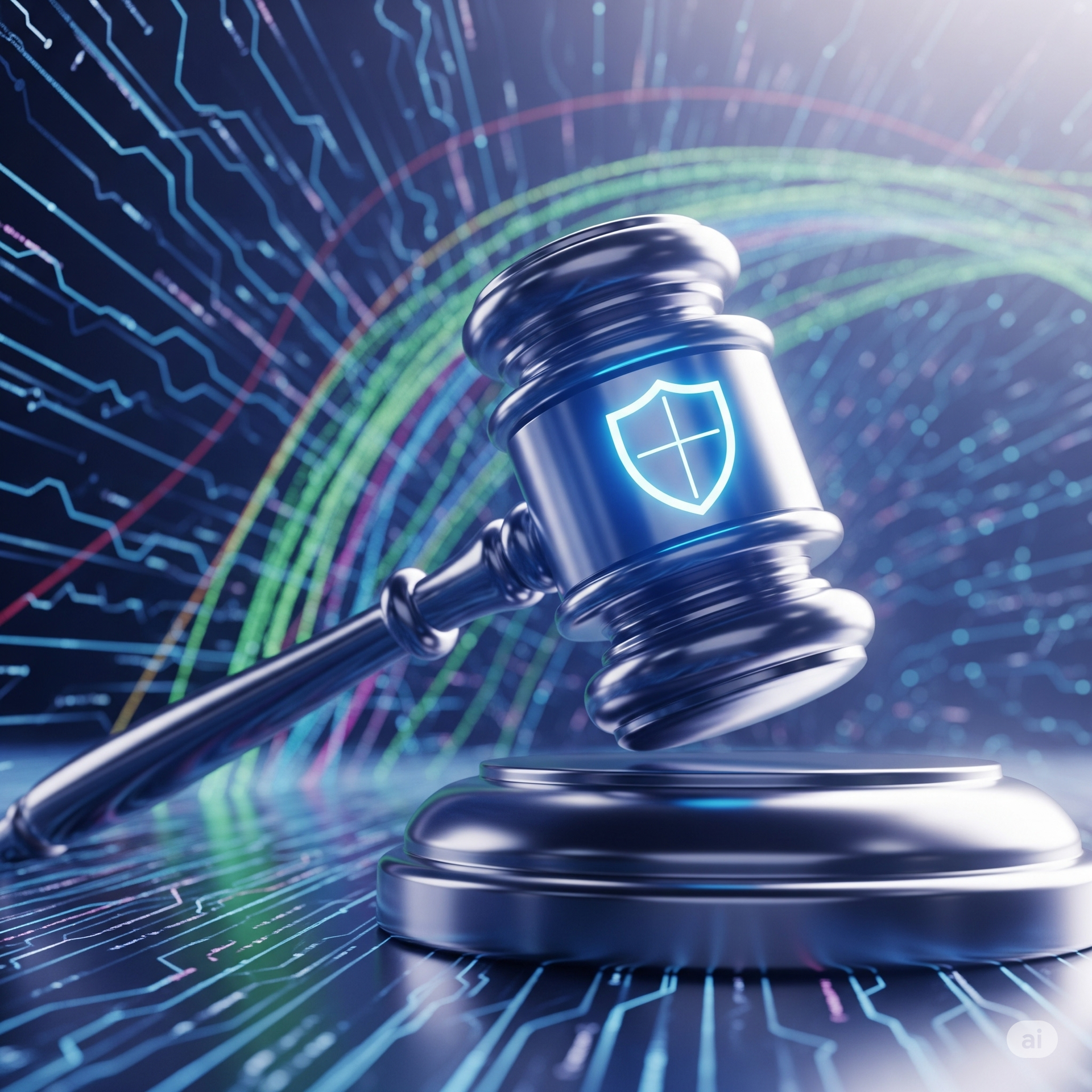Optimizing Cloud Expenditure
Optimizing Cloud Expenditure: A Strategic Approach

In the rapidly evolving digital landscape, cloud computing has become an indispensable asset for businesses worldwide. However, alongside its numerous advantages, cloud computing brings a significant challenge: cost management. At HCS Technical Services, we specialize in transforming this challenge into an opportunity. This comprehensive guide, tailored for cloud cost management, offers a blend of our expertise and strategic insights to help you optimize your cloud investments.
Decoding Cloud Computing Costs
To navigate the complexities of cloud costs, it's crucial to understand its various components. These include:
- Computing Power: The backbone of cloud computing, where costs are incurred for the processing capabilities used.
- Storage Solutions: Charges related to the storage and accessibility of data.
- Network Operations: Expenses for data transfer and internet usage.
- Cloud-based Services and Tools: Additional costs for specialized cloud services and management utilities.
HCS Technical Services’ Guide to Managing Cloud Costs
1. Strategic Resource Allocation
At the heart of cost management is the concept of right-sizing. It's about tailoring your cloud resources to match your actual requirements, avoiding both overuse and underutilization.
2. Identifying and Optimizing Idle Resources
Regular audits can uncover underused or idle resources. By reallocating or shutting these down, significant cost reductions can be achieved.
3. Embracing Reserved Instances
Opt for reserved instances when possible. This approach, involving a commitment to certain resources for a fixed period, often comes with considerable discounts compared to standard pricing models.
4. Auto-Scaling for Efficiency
Auto-scaling is a smart approach where your cloud setup automatically adjusts based on your current needs, ensuring efficiency and reducing unnecessary expenses.
5. In-Depth Monitoring and Analytics
Ongoing monitoring and detailed analytics play a pivotal role in understanding and managing your cloud spend, pinpointing areas for cost optimization.
The Advantages of Efficient Cloud Cost Management
Adopting these strategies can yield multiple benefits:
- Reduced Operational Costs: Efficient use of resources directly translates to lower expenses.
- Optimized Performance: Ensuring that your resources are appropriately scaled guarantees peak performance.
- Better Financial Planning: Predictable spending patterns simplify budgeting and financial forecasting.
- Maximized Return on Investment: Get the most out of your cloud investments by optimizing their use and cost.
Why Choose HCS Technical Services?
Our team, at HCS Technical Services, is comprised of seasoned experts in cloud computing. We have a track record of assisting businesses in honing their cloud strategies to achieve cost-effective and robust solutions. Our commitment to offering insightful, reliable information is rooted in our in-depth industry experience and analytical approach.
HCS Technical Services











